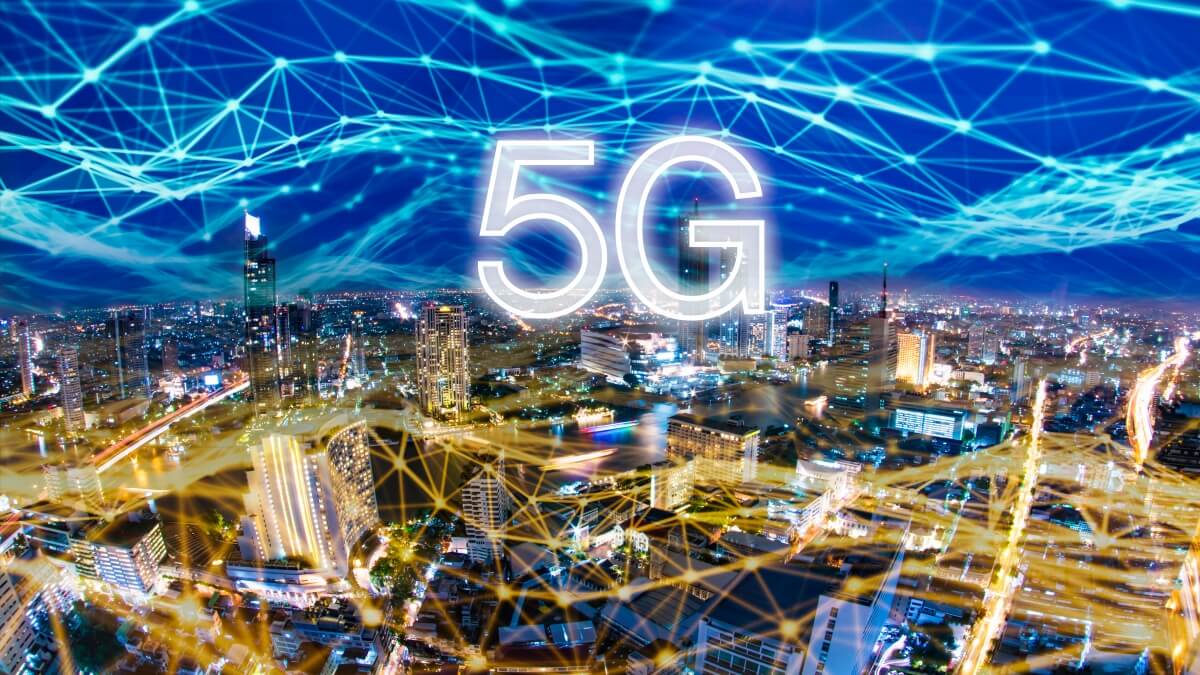Why it matters: Verizon on Thursday flipped the switch on its 5G Ultra Wideband network in parts of New York City, Panama City and Boise, pushing the total number of cities the speedy network operates in to 13. It's a slow rollout for sure but each new city that comes online brings us one step closer to wider availability.
Kyle Malady, Verizon's executive vice president and chief technology officer, said customers can expect to find 5G service in business districts and public spaces where large crowds gather. In NYC, for example, users will have access to the network in the following areas:
- Manhattan: Midtown, Financial District, Harlem, East Harlem, Hell's Kitchen and Washington Heights
- Brooklyn: Downtown Brooklyn
- The Bronx: Pelham Bay, Fordham Heights and Hunt's Point
- Around Landmarks: Bryant Park, St. Patrick's Cathedral, Madison Square Garden, Trinity Park (Brooklyn), the Lincoln Tunnel (Manhattan Entrance), Javits Center on 11th Ave between 36th and 37th and the Theatre District on Broadway between 49th and 52nd
In Panama City, service will initially be concentrated around the downtown area, Forest Park and Lower Grand Lagoon in Panama City Beach. It's part of Verizon's $25 million investment to help the city rebuild following the devastation caused by Hurricane Michael in 2018.
In Boise, Verizon customers can tap into 5G service in the following neighborhoods: Downtown Boise, West Boise, West End, Meridian, Boise Junction around such landmarks as the Idaho State Capitol, St. Luke's Boise Medical Center, Fort Boise Park, Capital City Event Center and Boise Town Square.
Verizon said that by the end of the year, it anticipates offering its 5G service in more than 30 cities across the country.
While it's great to see 5G activated in additional cities, we're essentially dealing with baby steps here. It'll still be many years before 5G is available outside of major markets and even longer before it becomes ubiquitous the way that 4G LTE is today.
Masthead credit: 5G by Fit Ztudio
